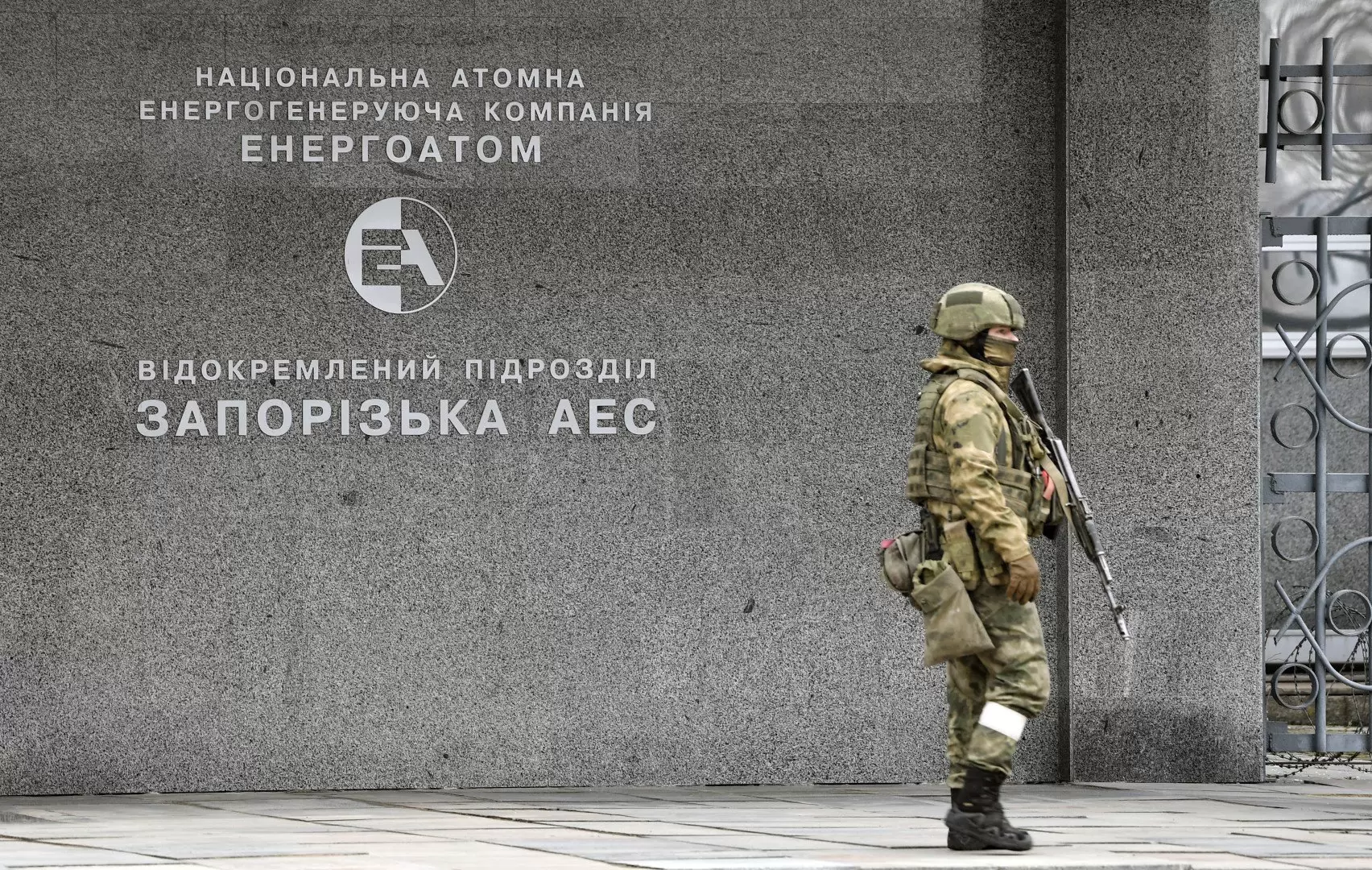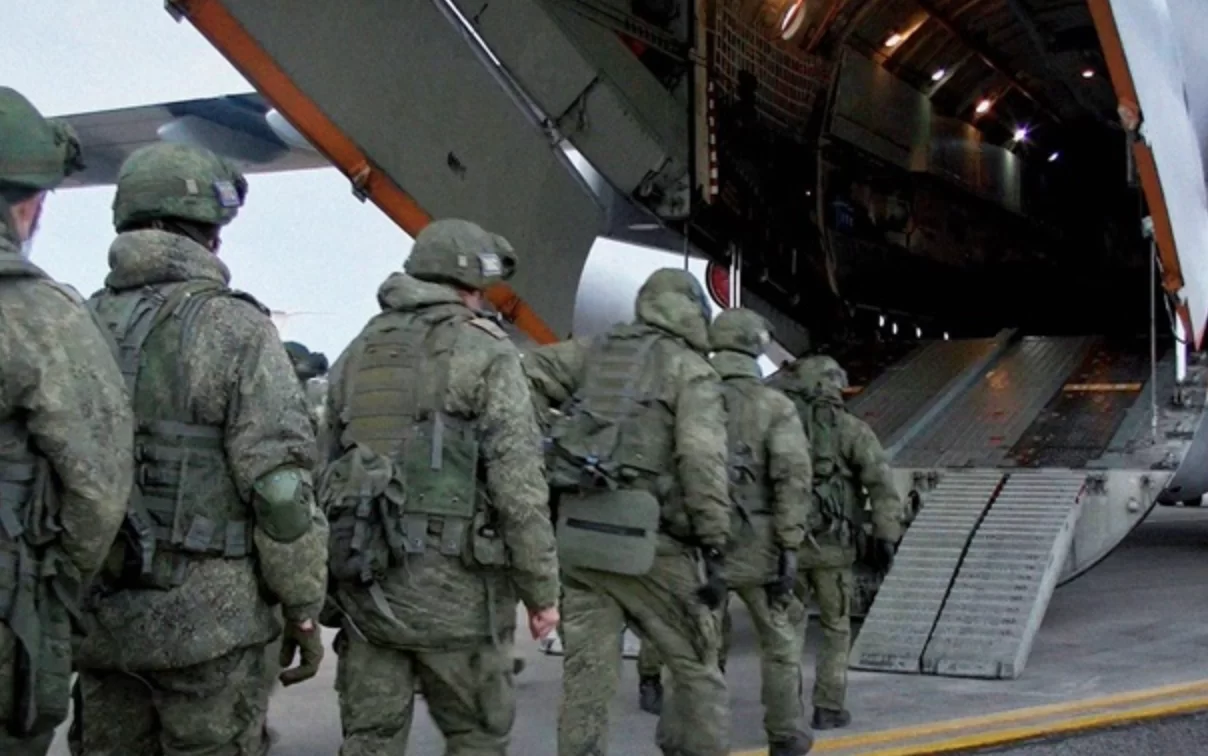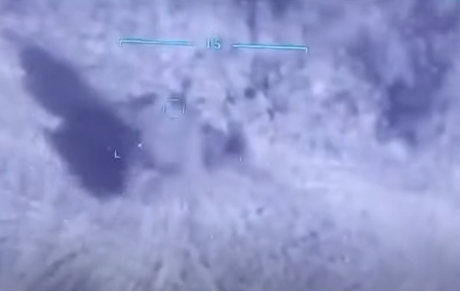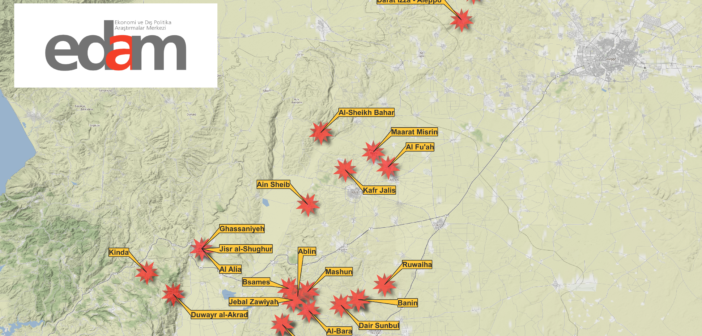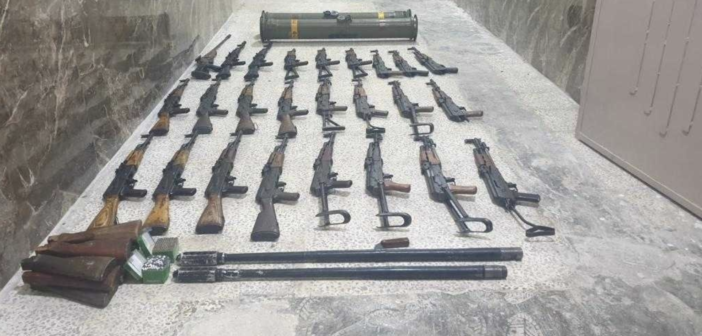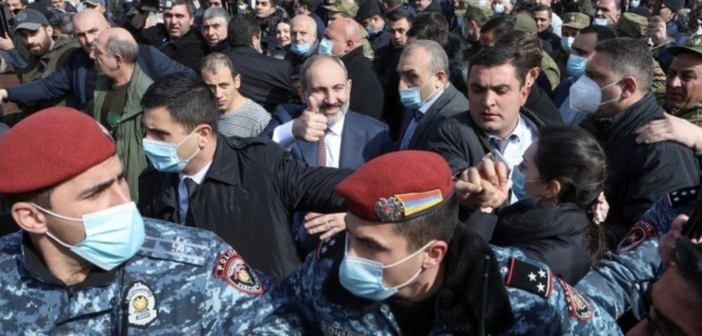
24.02.2022
THE RUSSIAN MILITARY IMPOSES PUTIN’S ‘HISTORICAL UNITY’ ARTICLE: WITH FIRE AND STEEL IN UKRAINE
Geopolitical Context
- President Putin has dominated the global strategic agenda, as he announced the start of a “special military operation” in eastern Ukraine, followed by the unfolding multi-front offensive all-around. The Russian push commenced on February 24th early morning hours, with an operational focus on geostrategically key population centers, including the capital Kyiv, hydro-hub Kherson, and the railroad-hub Kharkov.
- Without a doubt, Putin’s recognition of two breakaway regions’ independence, Donetsk People’s Republic and the Luhansk People’s Republic, was the initial telltale indicator of the developing invasion. The concentration of more than 100 battalion tactical groups marked an undeniable harbinger of something bigger than a limited / hybrid campaign incoming. The school of analysts shunning the prospects of a general offensive has greatly misled the Western policy community. At the time of writing, Russia is invading yet another sovereign nation which constitutionally aspired to become a NATO member. The sanctions are far away from deterring the Kremlin and President Putin’s Besides, there are certain fault lines within the transatlantic league that have been craftily exploited by the Russian maskirovka-driven foreign and security policy.
- The current state of Belarus is yet another cause for concern. Belarusian chief of general staff hinted at the prospects of a large-scale and permanent stationing of Russian troops. The Belarusian authorities have already told that the joint military drills of the armed forces of Russia and Belarus will continue beyond their original schedule. Although officials deny the allegations, evidence shows that Belarus is becoming not only a staging ground but also a belligerent party in the campaign targeting Ukraine’s sovereignty.
- Simply put, what is happening right now is the forcible imposition of President Putin’s July 2021 article “On the Historical Unity of Russians Ukrainians” through military means. In the piece, President Putin argued “Russians and Ukrainians were one people – a single whole”, “Russians, Ukrainians, and Belarusians are all descendants of Ancient Rus”, and “…modern Ukraine is entirely the product of the Soviet era”.
- The Russian campaign in the making is not only threatening Ukraine’s sovereignty or NATO’s eastern flank but the UN-centric, post-WWII international system as we know it. The ramifications of the war are remain to be seen in the coming years and even decades.
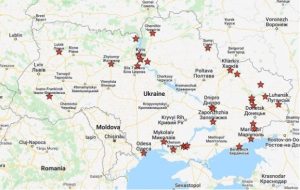
Russian Strikes on the Ukrainian Territory
Military-Strategic Assessment
- The Russian military’s initial target-set revolves around Ukrainian critical national infrastructure with a particular focus on the airbases and runways, command & control centers, radar installations, and air defense systems of the Armed Forces of Ukraine. Of these facilities, Antonov Airport, being very close to the capital Kyiv, is of critical importance. At the time of writing, press-sources broadcasted footage showcasing the Russian troops, most probably VDV elements (airborne troops), taking control of the airport.

Russian VDV Troops overtaking the Antonov Airport, Source: CNN International Broadcast.
- Evidence suggests that the Russian military has started using Kalibr cruise missiles in the opening stage of the conflict, along with a ‘Soviet-fashion’ overture of heavy multiple-launch rocket systems and tactical ballistic missiles. About two-thirds of the Russian military’s battalion tactical groups, more than 100 units, are operating along the Ukrainian frontier at the time of writing. Despite the advanced weaponry mentioned above, early signs suggest that the Russian military is also targeting population centers through the use of non-precision-guided munitions (non-PGM), which remains an alarming trend at the outset of the conflict.
- Belgorod looms large as a major hub for the ongoing offensive. OSINT footage shows heavy armor, including T-72B3 and T-80 tanks along with formidable artillery and MLRS concentration in this sector. The assembly areas in this region are now pouring into the Kharkov axis in Ukraine. The Russian military has also established field hospitals in Belgorod to support the offensive.
- Belarus is another critical flashpoint in the northern sector, as a substantial part of the Russian assault has been staged from the Belarusian proper. More importantly, the Russian National Guard, Rosgvardia has fielded a robust concentration in Belarus, suggesting planned pacification operations on the horizon.
- The Russian military made visible advances in the southern sector. The offensive staged from the occupied Crimea, led by the 7th VDV Division, advanced towards Kherson. Some sources claimed that Kherson has already fallen under Russian control, and the Russian troops were spotted around 130 km into the Ukrainian territory facing no to little resistance up until the Dnieper River. This area is of particular importance for securing the water resources for Crimea.
- The Russian frontline aviation is heavily active. On February 22nd, approximately 30 Ka-52 gunships have landed in Gomel, Belarus. In the southern sector, Crimea also saw a concentration of Ka-52s, Mi-24s, and Mi-28.
- As the Russian campaign targets troop concentrations, there is a high number of casualties amongst important Ukrainian military units, such as the 54th Brigade. Likewise, the Russian strikes also shelled the headquarters of the 25th and the 93rd Ukrainian Brigades. The Russian campaign also focuses on destroying the Ukrainian military’s morale through electronic warfare and psychological operations. Probably using Leer-3 EW systems, Russia is sending SMS messages to the Ukrainian servicemen calling the troops to leave their posts.
- Russian naval build-up is another significant player to watch. At the time of writing, the Ukrainian Navy is under attack. Footage shows that the Russians bombarded the Ochakov naval base. Likewise, a naval base in Odessa was also hit. The Russian fleet already has the upper hand in the Black Sea with a broad range of platforms including landing vessels. So far, we have not verified the claims suggesting an amphibious assault on Odessa or Mariupol. Yet, as the campaign progress, these options will be on the table for the Kremlin.
- According to open-source intelligence, Russia has expanded its strikes on Ukrainian critical national infrastructure, focusing on destroying Kyiv’s operational capabilities. The strike at the Melitopol airbase and the Chernihiv airfield are two telling examples in this regard. The airbase’s proximity to a major oil extraction plant is also of geostrategic importance. Likewise, Russia also shelled a power plant near Kyiv.
Political-Military Analysis
- Russia’s recent recognition of the breakaway Luhansk and Donetsk Republics should have already sounded the alarm for the West’s post-Cold War beauty sleep for two main reasons. First, the decision marked only the first step before the larger offensive campaign took place. The buildup has granted Putin a hustle-free penetration into the Ukrainian territory, as he decided to do so. Second, and more worrisomely, the problem is Russia’s outspoken denial of Ukraine’s independence and even existence as a sovereign nation. There is no reason that Putin’s irredentist geopolitical calculus, supported by the siloviki elite of the Fortress Russia, cannot be extended to other former Soviet Union / Warsaw Pact nations, some of which are NATO members today.


